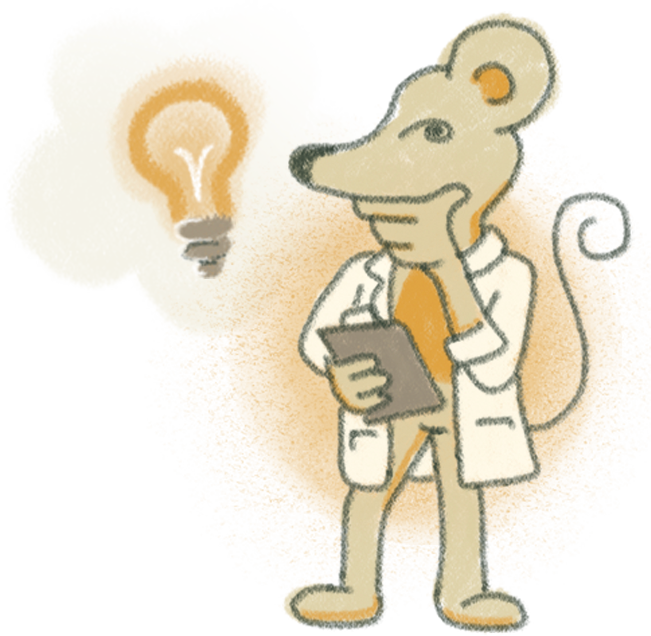Test Your Brand’s Strength
Successful companies are built on strong brands — take our new test to find out how yours measures up!

I had the privilege of having drinks with Ellen Lupton last week (think: water + 50 other people in the room). Her topic: “what is design and design thinking?” Defining design is like catching a slippery pig with greased hands. Many have tried, few have succeeded. Ellen didn’t try to catch the pig, but gave instead a few pearls of insight into the behemoth that is design. Here’s what I came away with:
Art is more than aesthetic, it’s about making a statement: communicating. Design is like art, but focuses on the problem (function) first and then fashions communication (form) to produce a specific response. Bottom line: Design is primarily communication that combines aesthetic with creativity to produce a product that not only looks good, but has the potential to affect change.
Sometimes the best way to solve a problem is to not focus at the problem at all. Take the example of the power aware cord. Problem: People waste energy. Solution: Show them how much energy they’re using. Perhaps the solution is as simple as making people aware. Change can’t happen without knowledge of the problem.
Another solution is give people a choice. If you see a “problem” it might be widely used because it is the only option. Greg Holdsworth came up with an alternative solution with his biodegradable casket. He saw the problem: coffins that are gratuitously designed for eternal permanence and came up with a solution. He didn’t try to change what people are using, but simply offered a more environmentally friendly alternative.
These are brilliant solutions because the concept is so simple. Designers cannot force people to change. They can only create something better.
The best designers reinforce positive behavior instead of criticizing negative behavior.
The best part about all this? These lessons apply beyond just the design discipline. Everyone has the power to enact change. If you see a problem don’t complain about it. Think like a designer: what would you do differently? How could you make it better?
We hope this post inspires you to make a change for the better. Please use our comments section below to share how you’ve made a positive impact in your community.